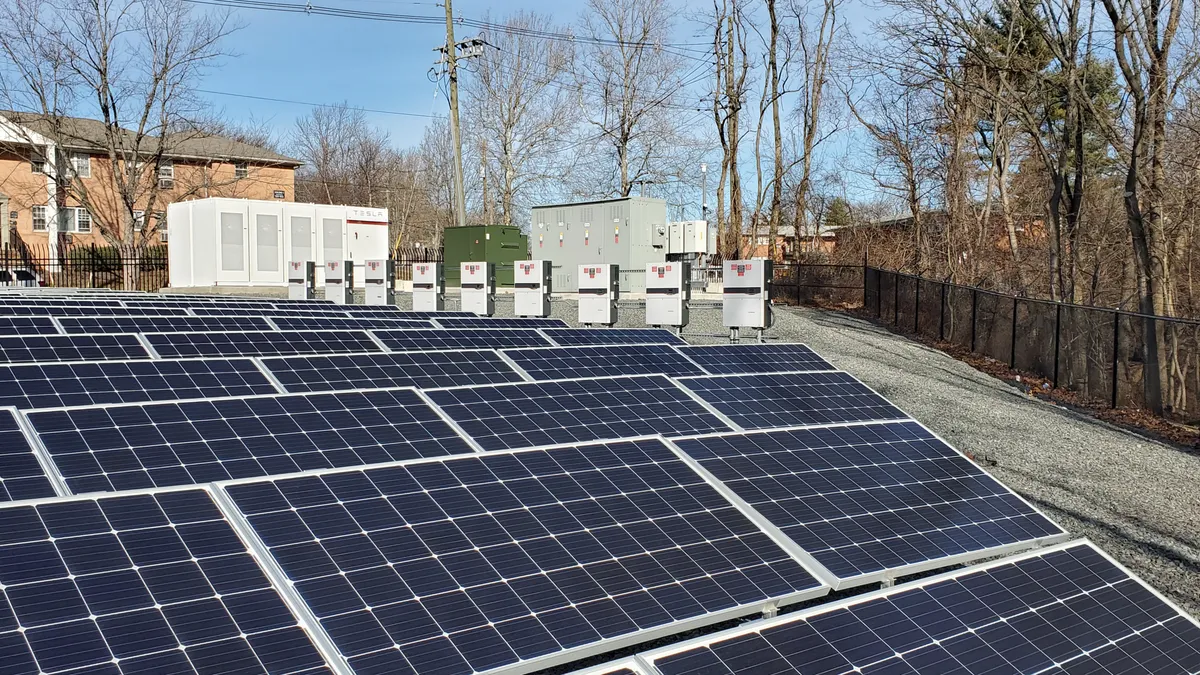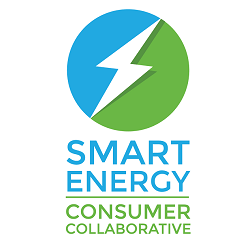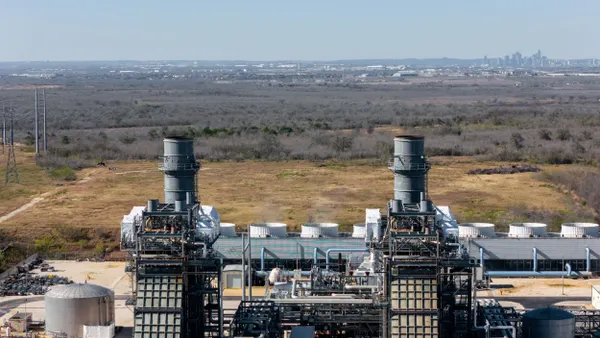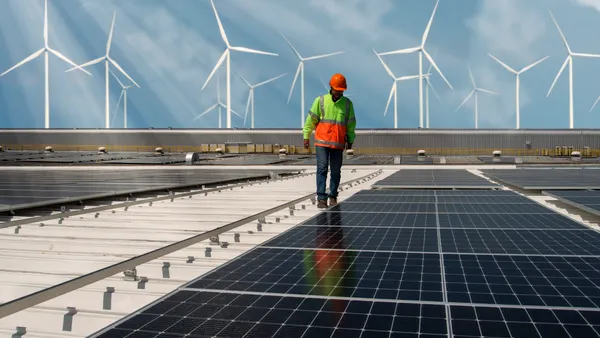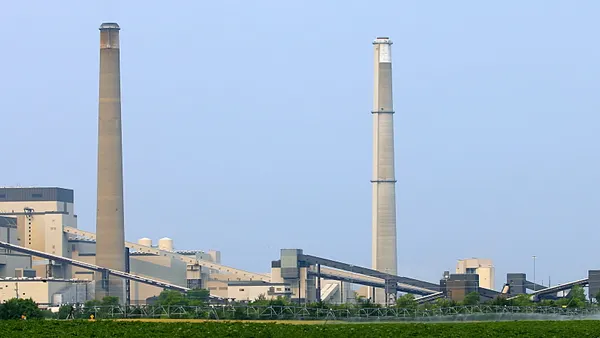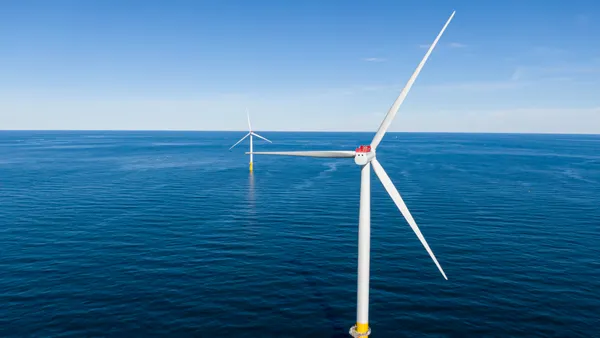Dive Brief:
-
Third-quarter installations totaled 3.8 GW, an increase of 46% year-over-year and accounting for 43% of all new electrical generation installed during Q3, according to a quarterly Solar Market Insight report by Wood Mackenzie and the Solar Energy Industries Association (SEIA). The strong quarter puts 2020 on track to become the third-largest year for solar installations, despite some impacts from COVID-19.
-
The utility sector accounted for 2.7 GW of Q3 installed capacity, according to the Solar Market Insight. Residential installations reached 738 MW during the same period, increasing 14% from the slower second quarter of 2020, but have not yet returned to pre-pandemic levels.
-
States that experienced the most dramatic declines in solar installations, including New York, New Jersey, and California, have also seen the fastest recoveries, according to the Solar Market Insight. Although some effects from the pandemic linger, COVID-19 has helped boost the solar industry's resiliency and has not dissuaded customer demand, said Shawn Rumery, director of research for SEIA.
Dive Insight:
In a year dominated by news of the pandemic, natural disasters, political upheaval and social unrest, the solar industry has been focused on "steadiness," said Brad Heavner, policy director for the California Solar & Storage Association.
Some states did see sizable declines in installations during the second quarter due to COVID-related shutdowns, particularly in the residential sector, which took the greatest hit. However, the impact was not as great as some feared, Heavner said, and the industry seems to have emerged stronger for it.
"The market has been steady and consistent, despite COVID, which is a huge story in itself," Heavner said, "and I think there are two things to point to there. One is the fact that local building departments have tried really hard to get permitting going. ... The other thing is with people at home and thinking about home improvements, it caused them to pick up the phone."
Being quick to adapt to COVID may benefit solar installers in the long-run, Rumery said. Solar remains one of the few industries where door-to-door sales remains an important source of sales leads, he said, and COVID pushed many companies to move toward more online sales.
"The industry has certainly learned some lessons and taken great steps," Rumery said. "Municipalities and other entities up and down the supply chain had to make changes that have made things more efficient."
But the primary Q2 impact, was not a loss of customer demand, which both Rumery and Heavner said seems to have increased during the pandemic. Rather, states with more stringent shutdown policies saw a decline in non-utility installations primarily due to project delays. In California, which according to SEIA saw a 23% decrease in residential installations from the first to second quarters, and a 15% increase between the second and third quarters of 2020, Heavner said some projects that required grid interconnection were delayed in April and May.
"Back in March ... the utilities took a conservative approach and any job that required a disconnect was put on hold," he said. "It took months to deal with the backlog that resulted, but I think they're back to normal now."
Nationwide this backlog is expected to spill over into 2021, boosting installations some 26%, according to the Solar Market Insight. Rumery said he anticipates that solar industry growth will continue at record pace through 2023 thanks do demand by customers looking to beat the expiration date on federal tax credits.


